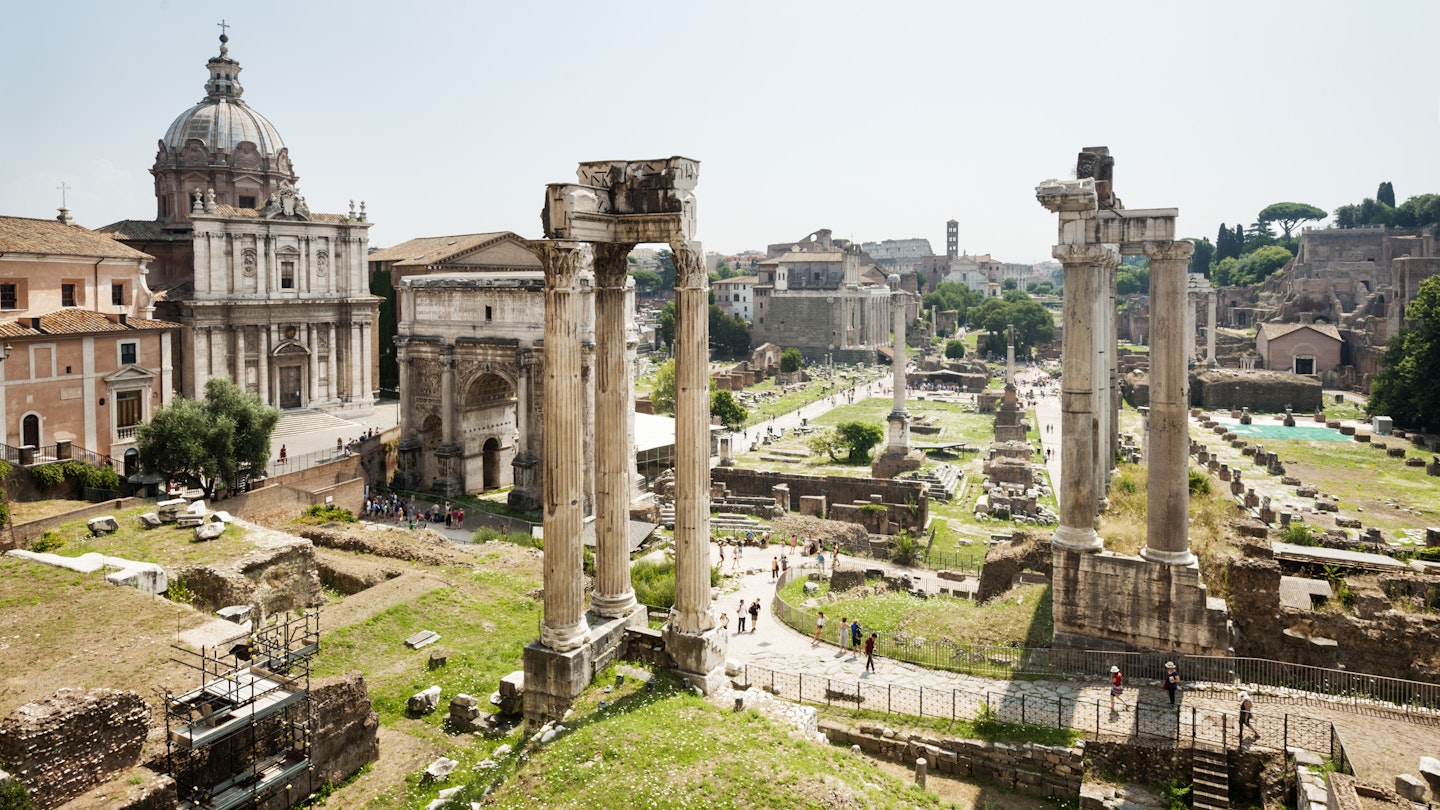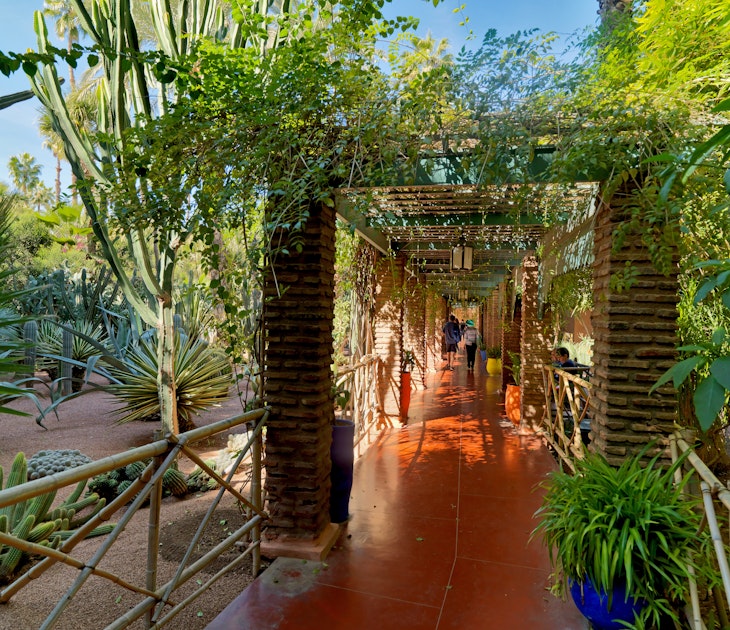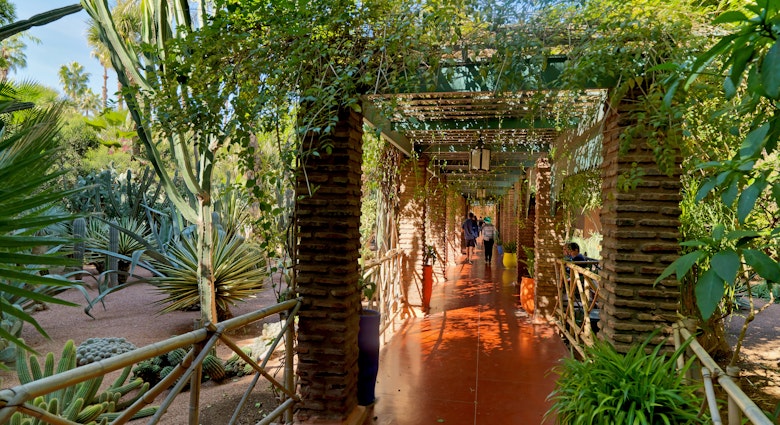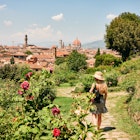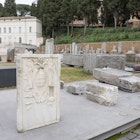All roads lead to Rome, but what about the roads in the city center? The Eternal City has long been heralded as a mesmerizing contradiction of amazing archaeological sites and beautiful landscapes with nightmare congestion.
The city of Rome aims to change all of that or, at least the area surrounding the Roman Forum, by upgrading the very epicenter with a vast pedestrian-friendly archaeological walk. The walkway will help tourists easily navigate some of the city’s best historical sites.
At an April 2 press conference, the mayor, Roberto Gualtieri, announced the winners of a new archaeological park project in the very center of Rome. Covering 220-acres of ancient sites and with a €19 million price tag, the new project aspires to transform the Via dei Fori and the surrounding area into a 21st-century agora and promenade.
"It is a very beautiful project, which seems to capture the objective of further enhancing an area that the whole world envies, and making it not only a place of passage, but also a space where it will be pleasant to walk and stay,” said Gualtieri.
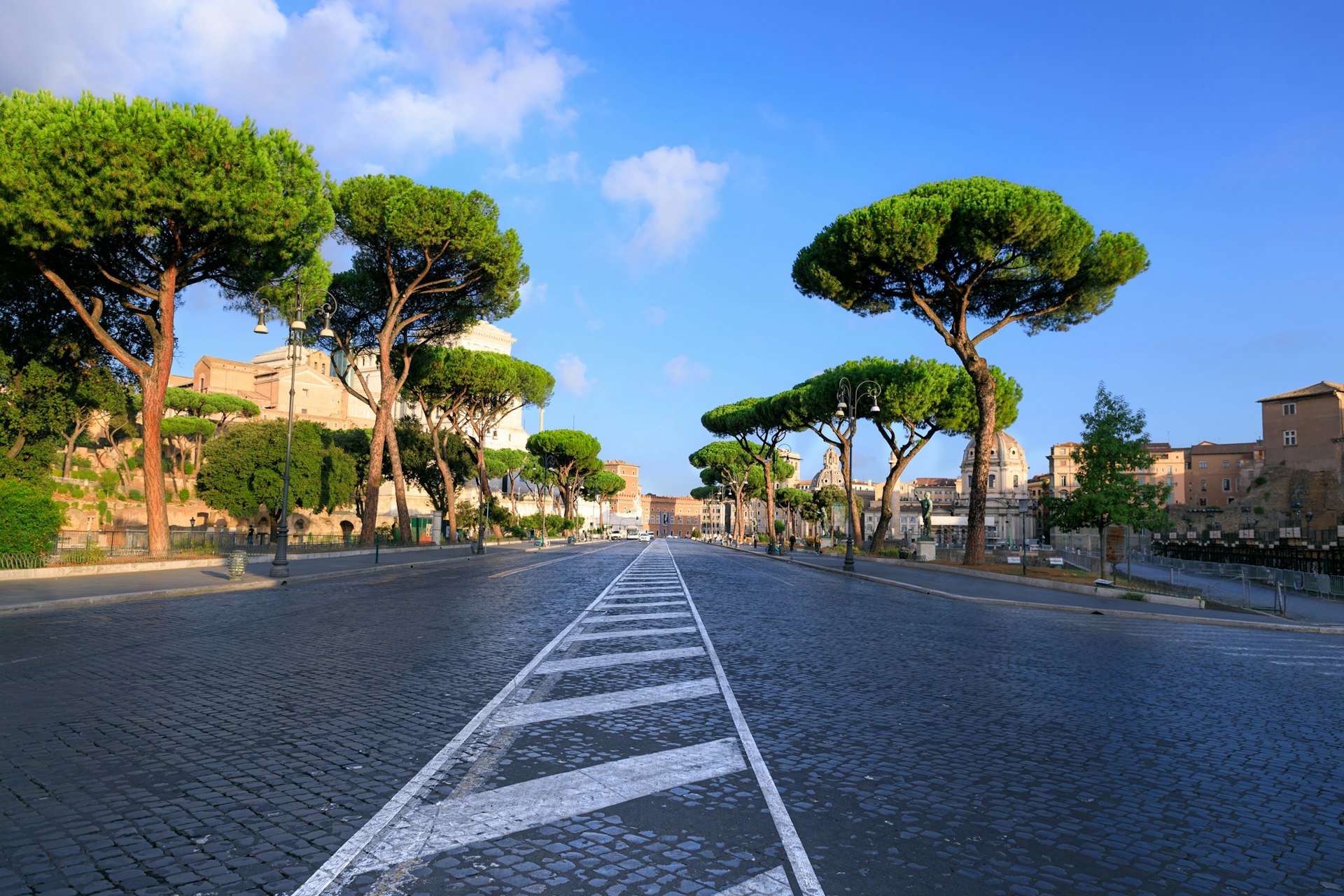
A beautiful walk through time
The Via dei Fori Imperiali has always been a beautiful walk through time. A straight road connecting Piazza Venezia to the Colosseum, the 850m (2790ft) stretch is flanked by imperial Rome’s most important gathering sites: the Forum of Trajan, Forum of Augustus, Forum of Nerva and the Roman Forum. The area is historically the Suburra – Rome’s very first neighborhood whose most famous resident was Julius Caesar – and is now part of the popular Monti district.
Lately, the Via dei Imperiali’s landscape and charming open-air museum vibe have been congested with ongoing construction and urbanization projects for the Metro C (subway) and impending Jubilee 2025, a once-every-quarter-century year-long event hosted by the Vatican. This is in addition to residents, visitors, school kids and daily traffic. The walk from Piazza Venezia to the Colosseum has transformed into an obstacle course where people must sidestep active worksites, seek out ever-moving pedestrian crossings and walk around sidewalk vendors and buskers. It’s about time the historic road had a little help.
Rome-based Labics, led by Francesco Isidori and Maria Claudia Clemente, won the call with a design of an extensive pedestrian loop that features footbridges looming over archaeological sites, expanded sidewalks, pedestrian islands, viewing terraces, green areas and designated bicycle lanes. Labic’s goal is to make the experience more pleasurable and easy while maintaining a cultural focus.
Get to know Rome's most important neighborhoods with our guide
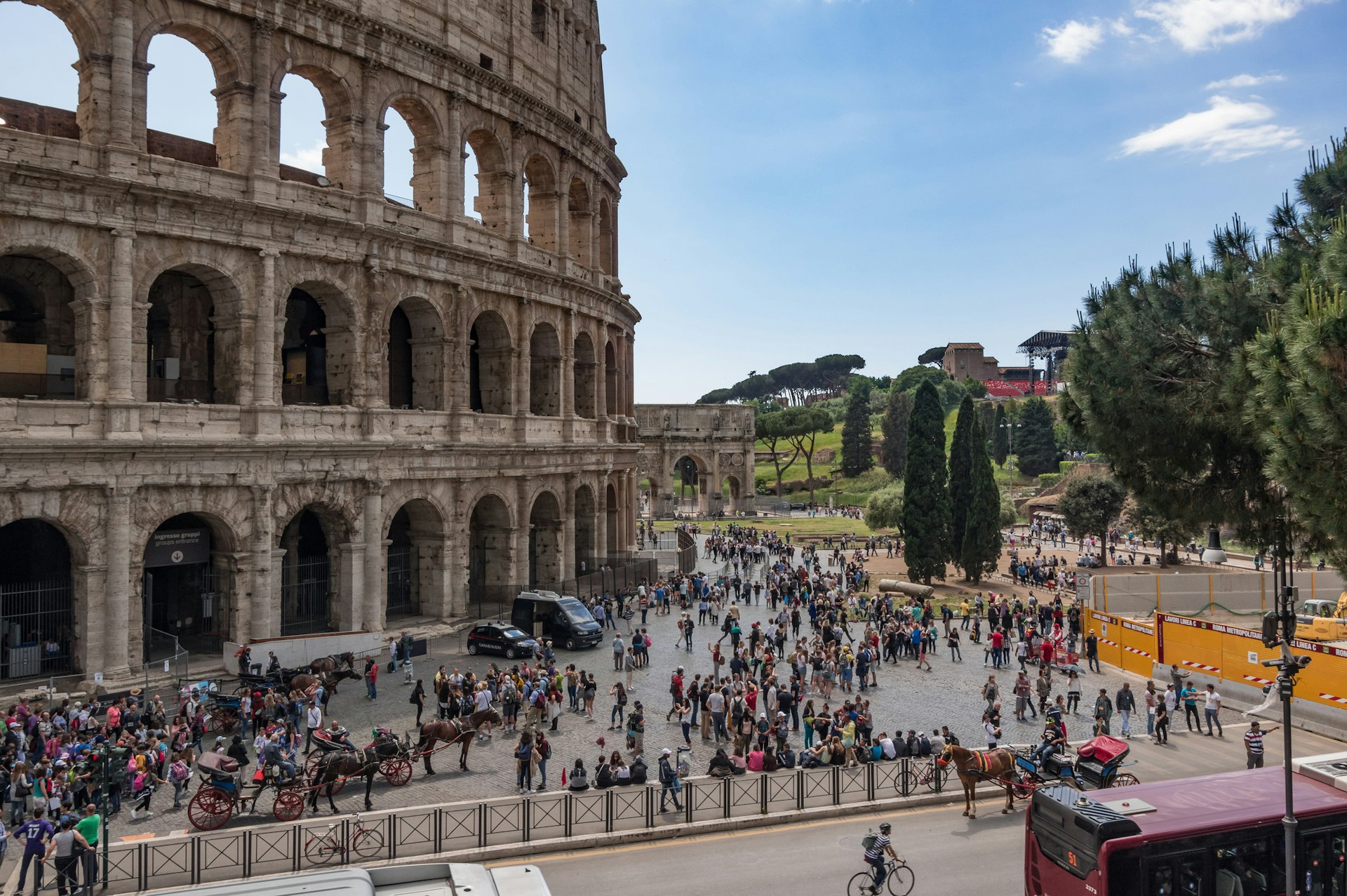
Overtourism concerns
The prospect of a more cohesive and curated archaeological park in Rome’s center that is entirely pedestrian has brought up concerns. Some residents worry that a wide-scoping pedestrian promenade will amplify hyper-tourism and noise pollution with increased visitors, street musicians and hawkers, subsequently reducing space and livability for locals. Currently, street vending is illegal in Rome and buskers must have a permit.
“In concept, this project is positive for the city. However, we must be attentive that [the area] doesn’t become congested with overtourism and street vendors," says city councillor and Monti resident Nathalie Naim.
She also underlines the necessity to maintain the area’s emblematic umbrella pine trees and green spaces. Several of the pines have been cut down over the years, and green spaces have transformed into concrete plazas. “This is the place where you are supposed to contemplate the millennia of history that is laid out in front of you under the shade of the pine trees. They are part of the Fori Imperiali and thus must remain in the area,” Naim says.
Wider appreciation for the city’s cultural heritage
Ultimately, the project endeavors to make Rome's archaeological treasures more accessible to both locals and visitors alike, promoting community engagement and appreciation for the city's cultural heritage.
“I think change is always good, especially for a city like Rome where it is very hard to evolve and move,” says Patrick Pistolesi, owner of Drink Kong, a Monti neighborhood bar ranked as one of the World’s 50 Best bars. “Knowing that this city wants to improve and give more value to its unique treasure is great news for all of us.”
Pending administrative approvals, construction should begin in September.
Planning a visit to Rome? Here are the things you should know before you go
